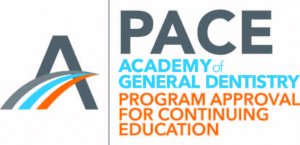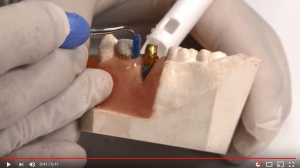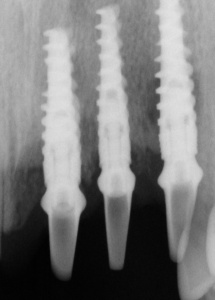Diagnosis and Treatment of Failing Implants
Product Details
Jon B. Suzuki, DDS, PhD, MBA and Gordon J. Christensen, DDS, MSD, PhD
Titanium alloy root-form dental implants have been used for many years with remarkable success. However, dentists encounter failing implants quite frequently. A major question is when and how to diagnose and treat the obvious problems. Are they failing because of improper placement, patient oral hygiene practices, microorganism invasion, allergy to metals, occlusion, or many other factors? What is peri-implantitis? What causes it? How do you treat this problem? When and how should an implant be removed? Should new implants be placed in the same sites as previously failed implants? Viewing this video and hearing the comments from both a periodontist and a prosthodontist will significantly help you understand, diagnose and treat failing implants.
- Peri-Implantitis and Peri-Implant Mucositis
- Keratinized Gingiva
- Prevalence of Implant Diseases
- Impact of Medical Issues on Implant Failures
- Impact of Medications on Implant Failures
- Levels of Peri-Implant Disease (Early, Moderate, Advanced Stages)
- Treatment of Early Peri-Implantitis (Non-Surgical)
- Treatment of Moderate Peri-Implantitis (Surgical)
- Treatment of Advanced Peri-Implantitis (Surgical or Implant Removal)
- Patient Oral Hygiene for Maintenance and to Prevent Recurrence of Implant Diseases










